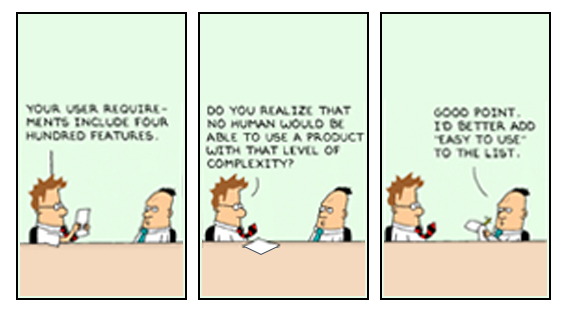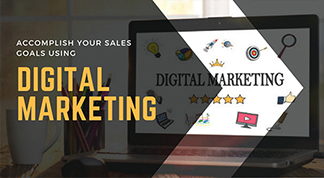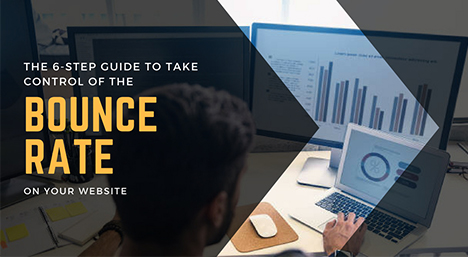
By Sakshi Sakhlecha,Chief Design Officer, at Hyper DesTech
The uniqueness of a business is not decided by the entrepreneurs but the end-users of their products or services. Most entrepreneurs fall under the illusion that the uniqueness of a business is based upon the number of product features but that does not hold grounds in reality. It is important for every venture to understand the implications of designing a user-centered product over a feature-centered one, in order to generate monetary gains.

The Strategic Outlook
Designing a product or service that has an array of features seems workable on face value. However, at an intrinsic level, cluttering a product or service with outnumbering features does not always fare well for a business. This owes to the fact that a lot of features go unused by the customer, which massively lowers your returns on investment. It would be a rather redundant investment if there is low or no usability of the added features.
A study conducted by the Standish Group Study of 2000 projects at 1000 companies, revealed that in spite of the client paying for 100% of the features of a product, 45% are never used, 19% are rarely used and 16% sometimes used, while just 20% is used on a regular basis. Astonishingly, these results exactly correspond to the Paretos Law of 80/20!
A feature-centric approach undoubtedly shoots up sales and generates returns in the initial stage of the market cycle but it cannot be considered as a viable option for the longer run, as it descends the usability of certain features that render the investment futile.

The customers portray an escalating trend towards purcahsing feature-centered products, during the initial stage. However, on hitting a threshold, they transit towards purchasing user-centric products. Consequently, the lifespan of feature-centric products turns out to be short-lived and unsustainabale. A rigorous usability test could help in exemplifying such trends, thus being immensely lucrative for companies. Unfortunately, the general ‘Project Life’ cycle within companies is void of a usability testing.
The entire cycle is seemingly exhaustive to businesses but due to the absence of a guideline to understand the users’ needs, the production cycle bears the brunt of underproduction and low monetary returns.
The Daunting Hidden Costs
In a feature-centric approach, the initial costs of designing multiple features is followed by the huge unforeseen costs of maintenance, helpdesk, product revision, etc. These hidden costs propel into the business as a major pain-point and adversely affect productivity. In 1983, Martin quoted, “80% of the maintenance costs come from unforeseen or unmet user requirements”. This further enunciates the argument that a feature-centric product would have a high rate of diminishing returns.
User-Centric approach comes to your rescue!
A user-centric approach resolves the issue of generating proportionate returns, by channeling the investment towards the areas which generate the highest utility for customers using them frequently. This reverses the process of the feature-centered approach, by employing greater monetary resources towards the most used functions.
The transition of a business occurs with changes in the design patterns of their products and deployment of usability testing mechanisms. For all businesses in general, and for a finance company in specific, it is important to stick to the basics and not innovate beyond feasibility criteria in the market.
Strategizing the resources of a company towards generating optimum monetary returns is a frequent discussion in the CUA circles and a number of ‘usability analysts’ agree that user-centric approaches accentuate monetary generation. Although the market frequently demands customization and multi-featured products, keeping the bar of innovation under control by conducting usability tests on products or services is a safe haven of investment for new and old businesses.
Get Blog updates straight to your inbox






